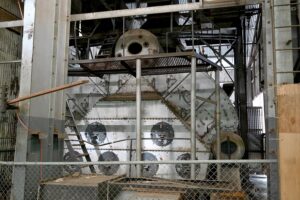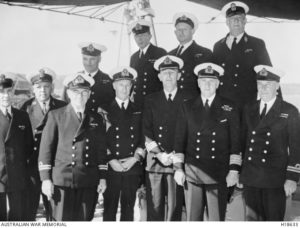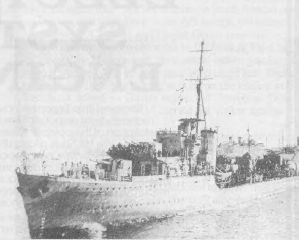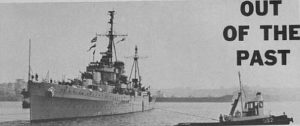You must be a logged-in member to view this post. If you recently purchased a membership it can take up to 5 days to be activated, as our volunteers only work on Tuesdays and Thursdays. If you are not a member yet or your membership just expired you can Join Now by purchasing a new membership from the shop. ...
HMAS Stalwart I
The bizarre story of HMAS STALWART and 300 tons of rotten onions
In 1939 Sydney had a shortage of onions. A period of drought had affected the Victorian crop, and in order to fulfil the demand for the 20, 000 tonnes of ...
The Remarkable Cavaye family
A colleague from the United Kingdom conducting research into wartime submarine losses recently contacted the Society seeking information on the Australia- born captain of HMS Tempest which was lost in ...
Obituary: Harry Train 1918-1999
Born: Millthorpe, October 26, 1918 Died: Balmain, May 23, 1999 Harry Train gave 30 years of his life to serving his country with the RAN. After enlisting in 1936 as ...
The RAN’s Destroyers
Spitfire – The First Australian Built Warship
SINCE THE FORMATION of the Royal Australian Navy in 1911 hundreds of Australian built ships have served under the White Ensign, ships ranging in size and types from small Channel ...
The Gift Fleet
The Gift Fleet – from the RN to Australia, 1919 WITH THE END OF THE GREAT WAR the Imperial Government found itself with a considerable number of naval vessels on ...
Out of the Past – pictorial
...
Australian Naval History on 4 June 1937
HMA Ships SUCCESS, STALWART, TASMANIA, and TATTOO, (destroyers), were sold for scrap. All four ships had been built in the United Kingdom towards the end of World War I, and ...
Australian Naval History on 1 December 1925
HMAS Stalwart decommissioned. She remained in reserve after decommissioning until she was eventually sold for breaking up on 4 June 1937. ...




